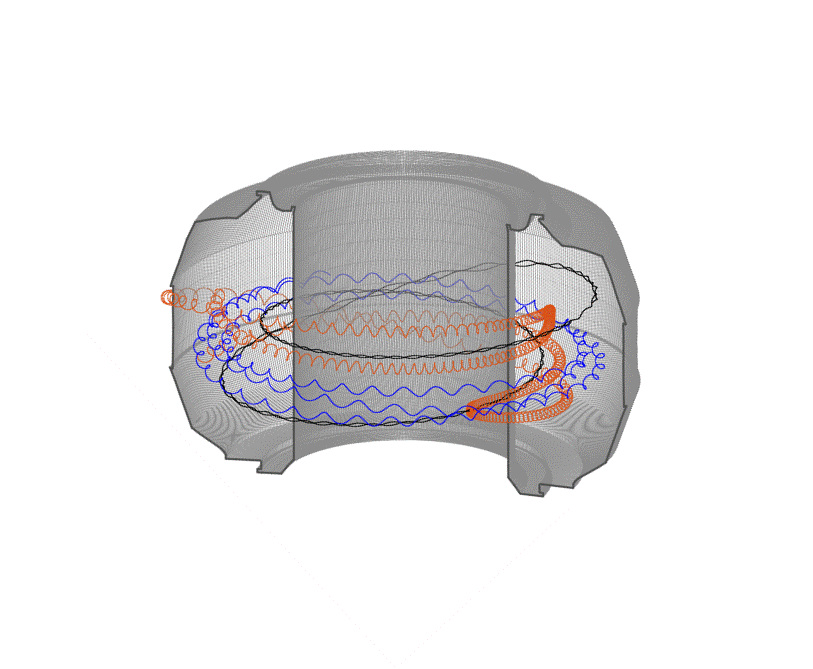
Filter News
Area of Research
News Topics
- (-) Advanced Reactors (1)
- (-) Fusion (3)
- (-) Molten Salt (3)
- (-) Space Exploration (4)
- 3-D Printing/Advanced Manufacturing (14)
- Artificial Intelligence (1)
- Big Data (2)
- Bioenergy (3)
- Biology (4)
- Biomedical (2)
- Biotechnology (1)
- Buildings (4)
- Chemical Sciences (1)
- Clean Water (6)
- Climate Change (7)
- Composites (3)
- Computer Science (9)
- Coronavirus (3)
- Critical Materials (3)
- Cybersecurity (1)
- Decarbonization (1)
- Energy Storage (6)
- Environment (15)
- Grid (6)
- High-Performance Computing (5)
- Isotopes (3)
- ITER (2)
- Materials (17)
- Materials Science (10)
- Mathematics (1)
- Mercury (1)
- Microscopy (4)
- Nanotechnology (5)
- Net Zero (1)
- Neutron Science (7)
- Nuclear Energy (3)
- Physics (1)
- Polymers (3)
- Quantum Computing (1)
- Quantum Science (3)
- Security (1)
- Statistics (1)
- Sustainable Energy (20)
- Transportation (11)
Media Contacts

Staff at Oak Ridge National Laboratory organized transport for a powerful component that is critical to the world’s largest experiment, the international ITER project.

A research team at Oak Ridge National Laboratory have 3D printed a thermal protection shield, or TPS, for a capsule that will launch with the Cygnus cargo spacecraft as part of the supply mission to the International Space Station.

Equipment and expertise from Oak Ridge National Laboratory will allow scientists studying fusion energy and technologies to acquire crucial data during landmark fusion experiments in Europe.

Researchers from NASA’s Jet Propulsion Laboratory and Oak Ridge National Laboratory successfully created amorphous ice, similar to ice in interstellar space and on icy worlds in our solar system. They documented that its disordered atomic behavior is unlike any ice on Earth.

A better way of welding targets for Oak Ridge National Laboratory’s plutonium-238 production has sped up the process and improved consistency and efficiency. This advancement will ultimately benefit the lab’s goal to make enough Pu-238 – the isotope that powers NASA’s deep space missions – to yield 1.5 kilograms of plutonium oxide annually by 2026.

Scientists from Oak Ridge National Laboratory performed a corrosion test in a neutron radiation field to support the continued development of molten salt reactors.

Experts focused on the future of nuclear technology will gather at Oak Ridge National Laboratory for the fourth annual Molten Salt Reactor Workshop on October 3–4.

Fusion scientists from Oak Ridge National Laboratory are studying the behavior of high-energy electrons when the plasma that generates nuclear fusion energy suddenly cools during a magnetic disruption. Fusion energy is created when hydrogen isotopes are heated to millions of degrees...

Oak Ridge National Laboratory has developed a salt purification lab to study the viability of using liquid salt that contains lithium fluoride and beryllium fluoride, known as FLiBe, to cool molten salt reactors, or MSRs. Multiple American companies developing advanced reactor technol...

A shield assembly that protects an instrument measuring ion and electron fluxes for a NASA mission to touch the Sun was tested in extreme experimental environments at Oak Ridge National Laboratory—and passed with flying colors. Components aboard Parker Solar Probe, which will endure th...


